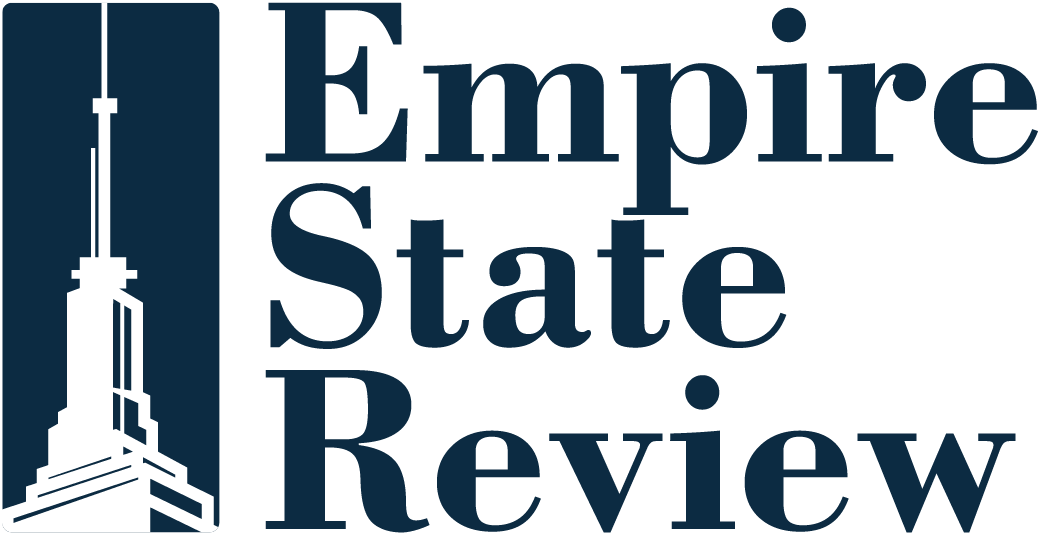The U.S. economy shrank for the first time in over two years during the first quarter of 2025, with the Bureau of Economic Analysis (BEA) reporting a contraction of 0.3% on an annualized basis. The unexpected dip marks a sharp departure from the previous quarter’s modest growth and raises concerns about the potential long-term impacts of the Trump administration’s recently enacted tariff policies.
At the core of the downturn was an unprecedented surge in imports, as American businesses scrambled to stockpile goods before tariffs on a wide range of foreign products took effect. This preemptive rush inflated the trade deficit to record levels, ultimately undercutting gains in consumer spending and business investment, and dragging down overall gross domestic product (GDP).
Record-Breaking Import Growth
According to the BEA, imports increased by a staggering 41.3% during the first quarter—the most significant quarterly jump since 1947. This spike was largely attributed to companies front-loading shipments to avoid price hikes stemming from the new wave of tariffs imposed by the Trump administration. These levies target imports from key trade partners, including China, the European Union, and Mexico, and cover a broad range of goods from electronics and machinery to textiles and raw materials.
While such import activity reflects strong demand and corporate urgency, it adversely impacts GDP calculations. In national accounts, imports are subtracted from GDP, meaning that the surge—though driven by economic activity—ultimately reduced the quarter’s growth rate by more than five percentage points.
Mixed Signals from Consumer and Business Sectors
Consumer spending, typically the bedrock of U.S. economic growth, rose by 1.8% in Q1—down significantly from 4% in Q4 2024. Analysts say this deceleration indicates growing caution among American households, driven by inflationary pressures, economic policy uncertainty, and a softening labor market. Spending growth was most robust in the services sector, particularly healthcare and hospitality, but waned in goods consumption, including durable items like appliances and vehicles.
Business investment, on the other hand, showed surprising resilience. Non-residential fixed investment rose by 9.8%, fueled largely by equipment purchases and software upgrades. Economists attribute this to firms trying to get ahead of cost increases tied to import taxes. However, the temporary nature of this rush raises questions about whether such investment levels can be sustained in future quarters.
Inflation Resurgence Complicates Fed Policy
Inflation continued to rise in the first quarter, with the Personal Consumption Expenditures (PCE) price index—the Federal Reserve’s preferred inflation gauge—climbing to 3.6%, up from 2.4% in the previous quarter. The uptick reflects the pass-through effects of tariffs on consumer prices and exacerbates the challenges faced by policymakers attempting to tame inflation without further derailing growth.
The Federal Reserve is now faced with a delicate balancing act: deciding whether to maintain or adjust interest rates in the face of higher prices and a weakening economy. A rate hike could suppress inflation, but also risk pushing the economy further into contraction. Conversely, holding rates steady or cutting them may allow inflation to persist at uncomfortable levels.
Decline in Government Spending
Another factor weighing on GDP was a notable reduction in government expenditures. Federal, state, and local spending collectively fell by 5.1%, largely due to reduced outlays for defense and infrastructure. This pullback in public investment, combined with weak export growth and the import surge, compounded the economy’s broader challenges in Q1.
Outlook for the Remainder of 2025
Looking ahead, economists remain divided on whether the first-quarter contraction is a harbinger of a deeper slowdown or a temporary setback. Some forecast a rebound in the second quarter, as import levels normalize and consumer confidence recovers. Others warn that ongoing tariff uncertainty and potential retaliatory measures from trade partners could prolong economic instability and dampen global demand for U.S. exports.
Employment figures and wage growth will be closely watched indicators in the coming months. Any significant softening in the labor market could further erode household spending power and slow economic momentum. Meanwhile, businesses will need to reassess supply chain strategies amid a shifting trade landscape and potentially higher input costs.
For policymakers, the first quarter’s performance is a stark reminder of the unintended consequences of aggressive trade policy. As debates continue over the direction of U.S. economic strategy, the focus will remain on finding a balance between protecting domestic industries and maintaining a stable, growth-oriented macroeconomic environment.

